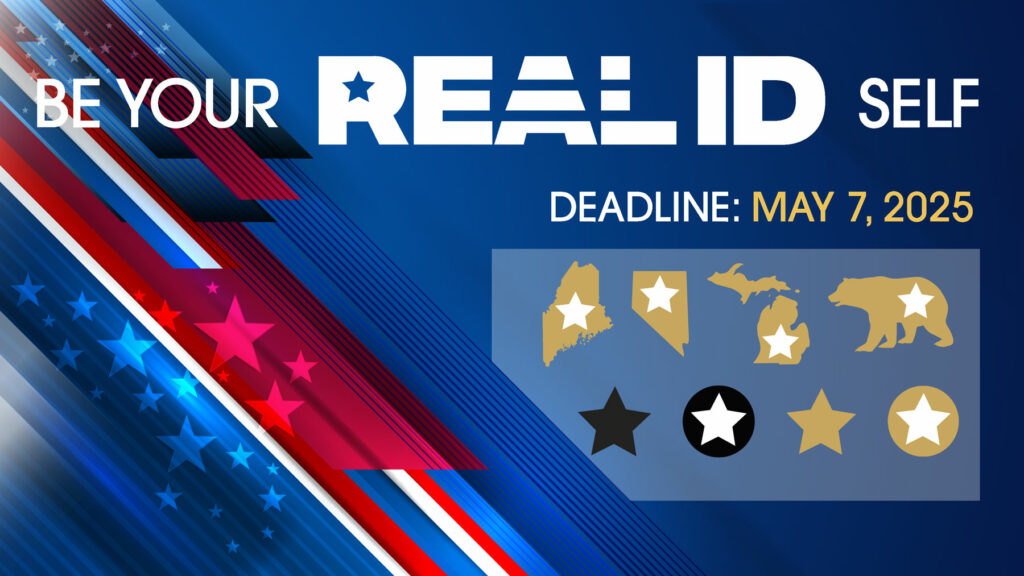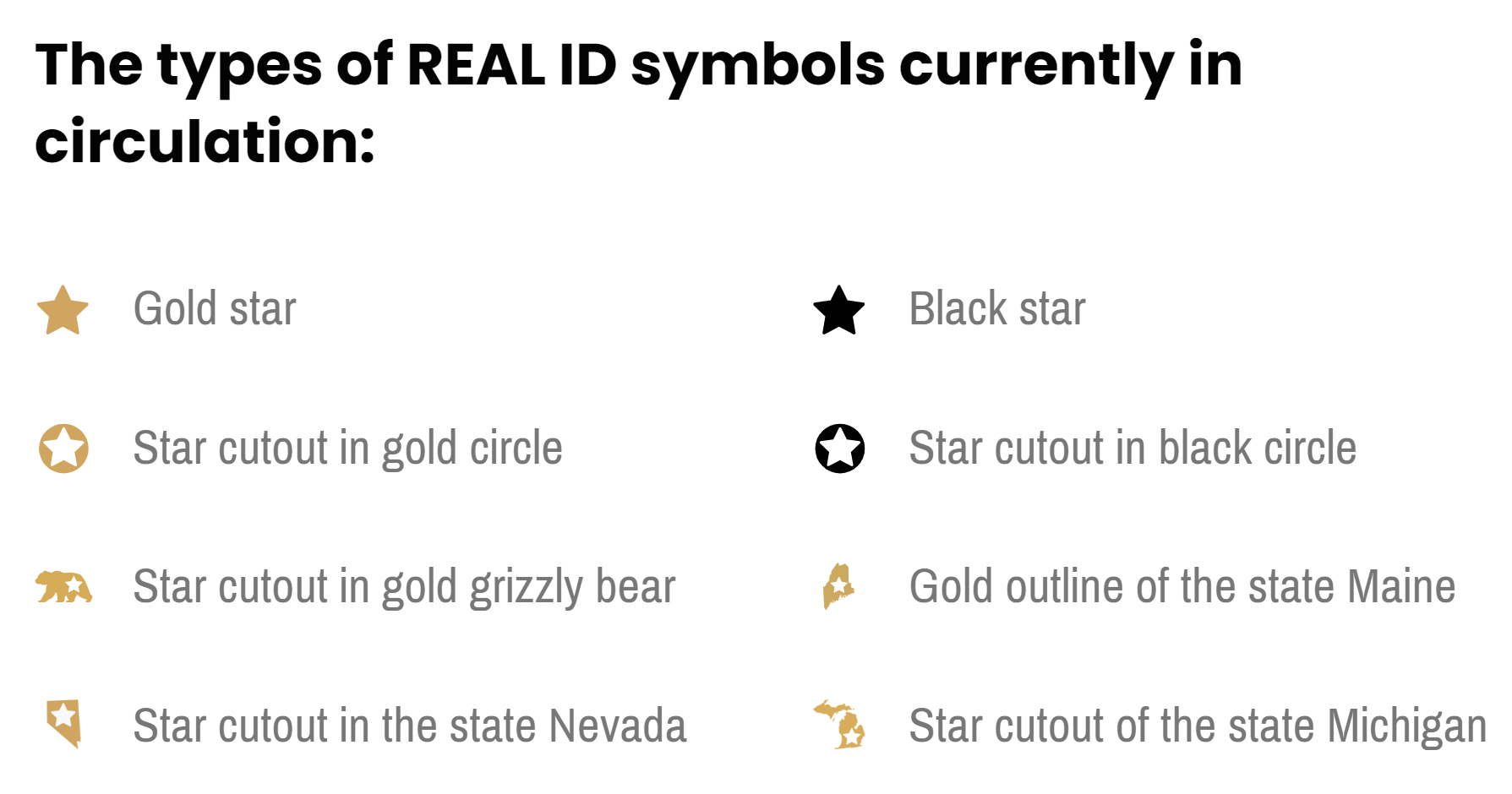REAL ID: What You Need to Know Before the Deadline
The REAL ID Act, enacted by the U.S. Congress in 2005, was a direct response to the recommendations of the 9/11 Commission, aiming to enhance national security through stricter standards for state-issued identification. This federal law sets security requirements for driver’s licenses and state ID cards, and these changes directly affect those responsible for verifying the authenticity of IDs. As we approach the final enforcement deadline of May 7, 2025, understanding the provisions of the REAL ID Act is essential—not only for the public, but especially for professionals who check identities. Now is the perfect time to go into all the details of the REAL ID Act, including what will happen starting May 7, and how to identify & authenticate a REAL ID.
What is the REAL ID Act?
The REAL ID Act is a cooperative effort between the U.S. Department of Homeland Security and U.S. states, District of Columbia, and territories. Its goal is to improve the reliability and accuracy of state-issued identification documents, such as driver’s licenses and ID cards, by setting nationwide standards. These standards are designed to prevent identity fraud and ensure that all IDs accepted by federal agencies are secure and consistent across states. Under the REAL ID Act, states are required to verify the identity and legal status of individuals applying for these IDs, including checking supporting documents such as birth certificates or proof of residence.
What happens when the enforcement date begins?
Starting from May 7, 2025, All U.S. states and territories should be fully compliant with the Act. A regular driver’s license is no longer sufficient for anyone 18 years and older who plans to fly domestically or visit certain federal facilities. They will need another acceptable form of identification such as a passport or an Enhanced Driver’s License. For further details on acceptable forms of identification for boarding a commercial aircraft, go to https://www.tsa.gov/travel/securityscreening/identification.
The Act does not require individuals to present identification where it is not currently required to access a federal facility (such as the Smithsonian’s public areas), nor does it restrict an agency from accepting other kinds of identification (such as a US passport or passport card).
How can you identify a REAL ID?
The most common indicator of a REAL ID– compliant document is a star symbol located in the upper-right corner. This symbol signifies that the ID meets the federal requirements set by the REAL ID Act. The star design might vary depending on the state, but it generally looks like one of the following:
Standard state-issued IDs also include specific visual indicators to further ensure their authenticity. These indicators differ by state but are usually accompanied by the following wording: “Not for Federal Purposes” or a similar phrase. Some states issue enhanced driver’s licenses, which are also considered REAL ID-compliant and are marked as “Enhanced”; some of them feature an American flag as their REAL ID symbol.
Keesing Technologies offers a free guide that shows the REAL ID status for all states and territories. The page is updated regularly. For each jurisdiction, we clearly display the:
- Year REAL ID credentials were first issued.
- Symbol(s) indicating compliance with the REAL ID Act.
- Wording on standard (non-REAL ID-compliant) cards.
- If applicable, a link to learn more about the Digital DL/ID.
How to obtain a REAL ID?
To apply for a REAL ID, several documents are needed to prove one’s identity, Social Security number, residency, and if you have changed your name, proof of name change(s).
To prove an identity, a passport or a birth certificate is typically required. Documents to prove residency are also needed, such as a home utility bill or a bank statement. To prove Social Security Number, a Social Security card or an IRS Form are accepted. It’s important to note that while the REAL ID Act itself doesn’t require a Social Security number, some states do.
You must make an appointment with your local Department of Motor Vehicles (DMV) and/or fill-in an application to bring the documents in-person. Some states allow residents to start the REAL ID application process online, including uploading documents, and then finish the process at an in-person appointment. It’s essential to check with your state’s DMV for specific requirements and procedures.
Once your documents are verified, your REAL ID-compliant license or ID card will be issued.
What can’t a REAL ID be used for?
While a REAL ID credential is essential for specific federal purposes, it does not replace other forms of identification in many situations. The ID cannot be used for international travel, including crossing the border to Mexico or Canada. REAL ID cards also cannot be used for international sea (cruise) travel. You will still need a passport for international travel.
How to check the authenticity of a REAL ID?
A state’s REAL ID cards may look like — or completely different from — its previous IDs. This is because some states only make minor changes to their card designs if they already meet the REAL ID requirements. Other states issue REAL ID-compliant credentials in a completely new and unique design. Therefore, make sure you are well-equipped for these changes.
To manually authenticate a REAL ID credential, it is recommended to use Keesing DocumentChecker. DocumentChecker offers a comprehensive database of official identification documents, allowing users to cross-check REAL ID features such as the star symbol, watermarks, holograms, and other security elements, as well as document information and data positions. It also offers a quick MRZ check for faster verification.
The Keesing Expert Helpdesk provides vital support when customers are struggling to verify the authenticity of IDs. With access to certified document experts, users can receive personalized guidance on detecting tampering and distinguishing between genuine and counterfeit IDs.
Keesing DocumentChecker, trusted by thousands of customers ranging from banks and law enforcement agencies to multinational corporations, is a dependable solution for ID document verification due to its accuracy and up-to-date data.
Get a trial account for free by clicking on the link below. For any other inquiries or if you require an automated solution, we are happy to help you via email or +31(0)207157825.


